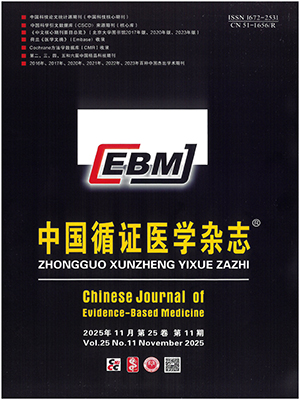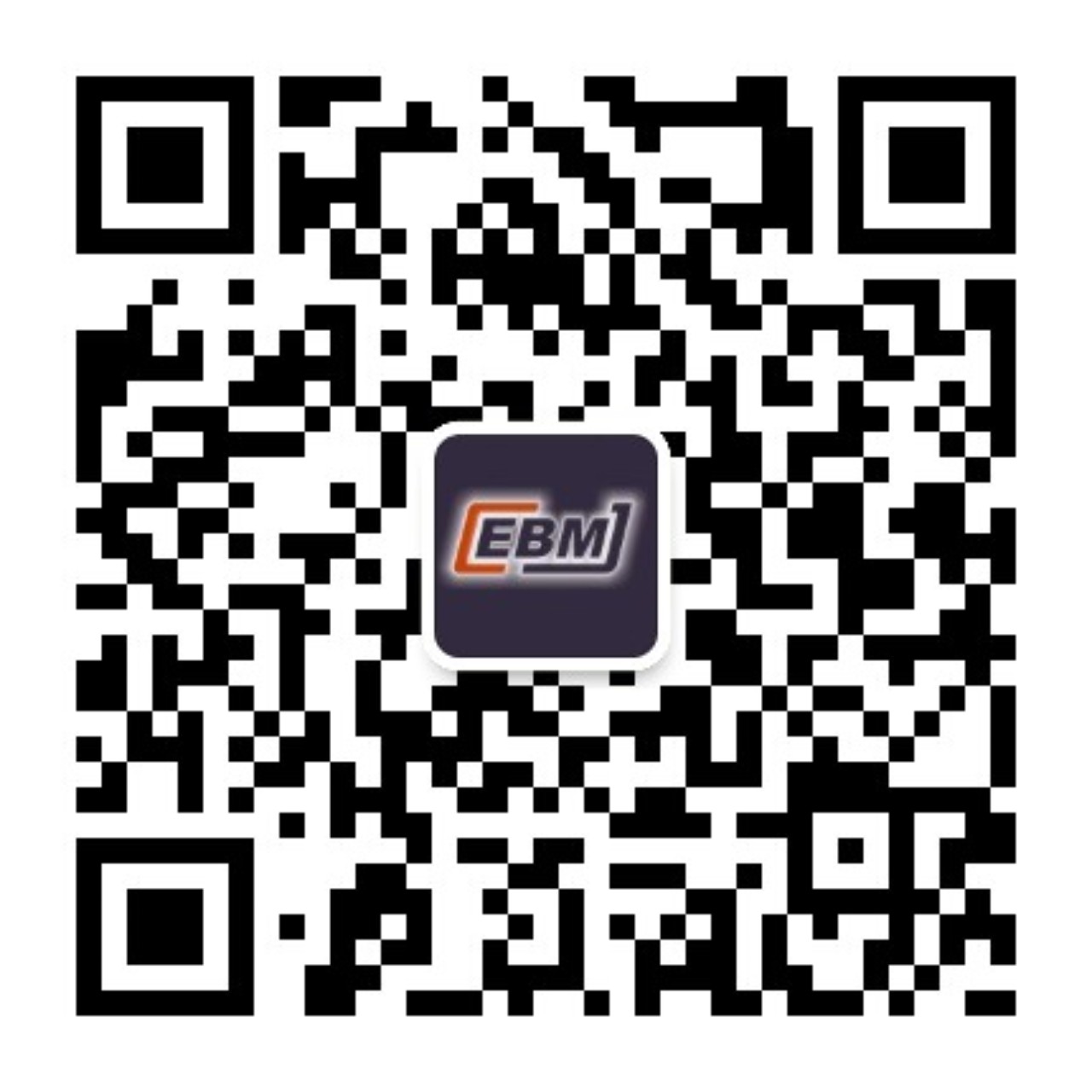| 1. |
Tang C, Fang K, Guo Y, et al. Safety of sulfur hexafluoride microbubbles in sonography of abdominal and superficial organs: retrospective analysis of 30, 222 cases. J Ultrasound Med, 2017, 36(3): 531-538.
|
| 2. |
Zhou LQ, Wang JY, Yu SY, et al. Artificial intelligence in medical imaging of the liver. World J Gastroenterol, 2019, 25(6): 672-682.
|
| 3. |
Hosny A, Parmar C, Quackenbush J, et al. Artificial intelligence in radiology. Nat Rev Cancer, 2018, 18(8): 500-510.
|
| 4. |
朱一丹, 李會娟, 武陽豐. 診斷準確性研究報告規范(STARD)2015介紹與解讀. 中國循證醫學雜志, 2016, 16(6): 730-735.
|
| 5. |
Bossuyt PM, Reitsma JB, Bruns DE, et al. STARD 2015: an updated list of essential items for reporting diagnostic accuracy studies. Clin Chem, 2015, 61(12): 1446-1452.
|
| 6. |
劉丹, 周吉銀. 臨床科研項目樣本量的要求. 中國醫學倫理學, 2019, 32(6): 716-718, 723.
|
| 7. |
Buderer NM. Statistical methodology: I. Incorporating the prevalence of disease into the sample size calculation for sensitivity and specificity. Acad Emerg Med, 1996, 3(9): 895-900.
|
| 8. |
Baratloo A, Hosseini M, Negida A, et al. Part 1: simple definition and calculation of accuracy, sensitivity and specificity. Emerg (Tehran), 2015, 3(2): 48-49.
|
| 9. |
Negida A, Fahim NK, Negida Y. Sample size calculation guide - part 4: how to calculate the sample size for a diagnostic test accuracy study based on sensitivity, specificity, and the area under the ROC curve. Adv J Emerg Med, 2019, 3(3): e33.
|
| 10. |
Wu K, Chen X, Ding M. Deep learning based classification of focal liver lesions with contrast-enhanced ultrasound. Intern J Light Elect Opt, 2014, 125(15): 4057-4063.
|
| 11. |
Guo LH, Wang D, Qian YY, et al. A two-stage multi-view learning framework based computer-aided diagnosis of liver tumors with contrast enhanced ultrasound images. Clin Hemorheol Microcirc, 2018, 69(3): 343-354.
|
| 12. |
Malhotra RK, Indrayan A. A simple nomogram for sample size for estimating sensitivity and specificity of medical tests. Indian J Ophthalmol, 2010, 58(6): 519-522.
|
| 13. |
倪延延, 張晉昕. 假設檢驗時樣本含量估計中容許誤差δ的合理選取. 循證醫學, 2011, 11(6): 370-372.
|
| 14. |
Hassan TM, Elmogy M, Sallam E. Diagnosis of focal liver diseases based on deep learning technique for ultrasound images. Arab J Sci Eng, 2017, 42(8): 3127-3140.
|
| 15. |
Huang Q, Zhang F, Li X. Machine learning in ultrasound computer-aided diagnostic systems: a survey. BioMed Res Int, 2018, 2018: 5137904-5137910.
|
| 16. |
Sugimoto K, Shiraishi J, Moriyasu F, et al. Computer-aided diagnosis of focal liver lesions by use of physicians' subjective classification of echogenic patterns in baseline and contrast-enhanced ultrasonography. Acad Radiol, 2009, 16(4): 401-411.
|
| 17. |
Attia ZI, Kapa S, Lopez-Jimenez F, et al. Screening for cardiac contractile dysfunction using an artificial intelligence-enabled electrocardiogram. Nat Med, 2019, 25(1): 70-74.
|
| 18. |
Attia ZI, Noseworthy PA, Lopez-Jimenez F, et al. An artificial intelligence-enabled ECG algorithm for the identification of patients with atrial fibrillation during sinus rhythm: a retrospective analysis of outcome prediction. Lancet, 2019, 394(10201): 861-867.
|
| 19. |
陳平雁. 臨床試驗中樣本量確定的統計學考慮. 中國衛生統計, 2015, 32(4): 727-731, 733.
|




